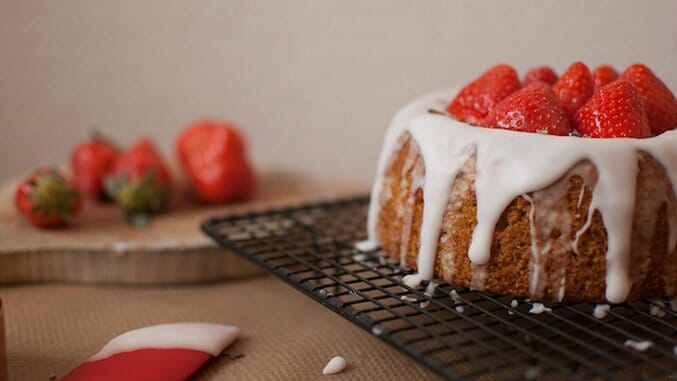8 Simple Mistakes That Might Be Ruining Your Cake
Photo: miss_yasmina/Flickr
Baking a cake, whipping up a batch of muffins or making some brownies can be a daunting experience if you’ve ever had a nightmare in the kitchen. Whether you ended up with a soggy center on your cousin’s birthday cake or burnt the cupcakes for the school bake sale, you probably ended up feeling put off by the idea of returning to the kitchen ever again.
It’s easy to feel like those mistakes can’t be prevented and leave the baking to the experts at your local Costco, but it’s more than likely you just made one simple mistake that can be easily rectified.
1. If the batter doesn’t turn out right, your ingredients might be the wrong temperature Photo: Care_SMC/Flickr
Photo: Care_SMC/Flickr
As a rule, most baking (except pastry) should use ingredients at room temperature unless otherwise stated. All the ingredients will mix together much more effectively if they’re all at the same temperature, and certain items like butter won’t mix well at all if they’re still solid from being in the fridge. Be sure to keep all your baking items in the same place – you won’t have to waste time searching all over the kitchen for certain ingredients and your end result will be much better.
2. If your cake is tough and chewy, you could be using the wrong flour Photo: Markus Spiske/Flickr
Photo: Markus Spiske/Flickr
The type of flour you use is vital to any successful attempt at baking – cake flour will provide a much lighter product than bread flour, and all-purpose flour is somewhere in between. Also, be sure to measure out your flour carefully. If using cups, it shouldn’t be too compacted or you’ll end up using too much which can make your cake turn out cracked and ugly. Rather than pulling the flour straight from the bag, try spooning it into your cup measures and using a knife to level off the top. Most cookbooks will provide a little more advice on how to accurately measure out flour in the first few pages.
3. If your cakes turn out ugly, your oven might be too hot or too cold Photo: Parker Knight/Flickr
Photo: Parker Knight/Flickr
It seems like all appliances should heat up to the temperature you set them to, but in reality many ovens can be several degrees off. If you set your oven to 400 degrees, it might actually be heating up to 420. This can result in the outside of the cake hardening before the batter inside is finished rising, which will result in unsightly cracks and an odd shape in the finished product. If you think this might be happening to you, it’s possible to buy specialized oven thermometers for around $10, and they’ll tell you exactly what temperature your oven is running at. It’s also a good idea to make sure you’re not overcrowding your oven. If you’re baking multiple layers or cakes at once, try to make sure they’re all as close to the center of the oven as possible and they aren’t directly above or below each other so equal amounts of warm air can reach each cake.
-

-

-

-

-

-

-

-

-

-

-

-

-

-

-

-

-

-

-

-

-

-

-

-

-

-

-

-

-

-

-

-

-

-

-

-

-

-

-

-

 Photo: looopeeelisa/
Photo: looopeeelisa/ Photo: jules/
Photo: jules/ Photo:Yoshihide Nomura/
Photo:Yoshihide Nomura/ Photo: iris/
Photo: iris/ Photo: Michelle Schrank/
Photo: Michelle Schrank/






































